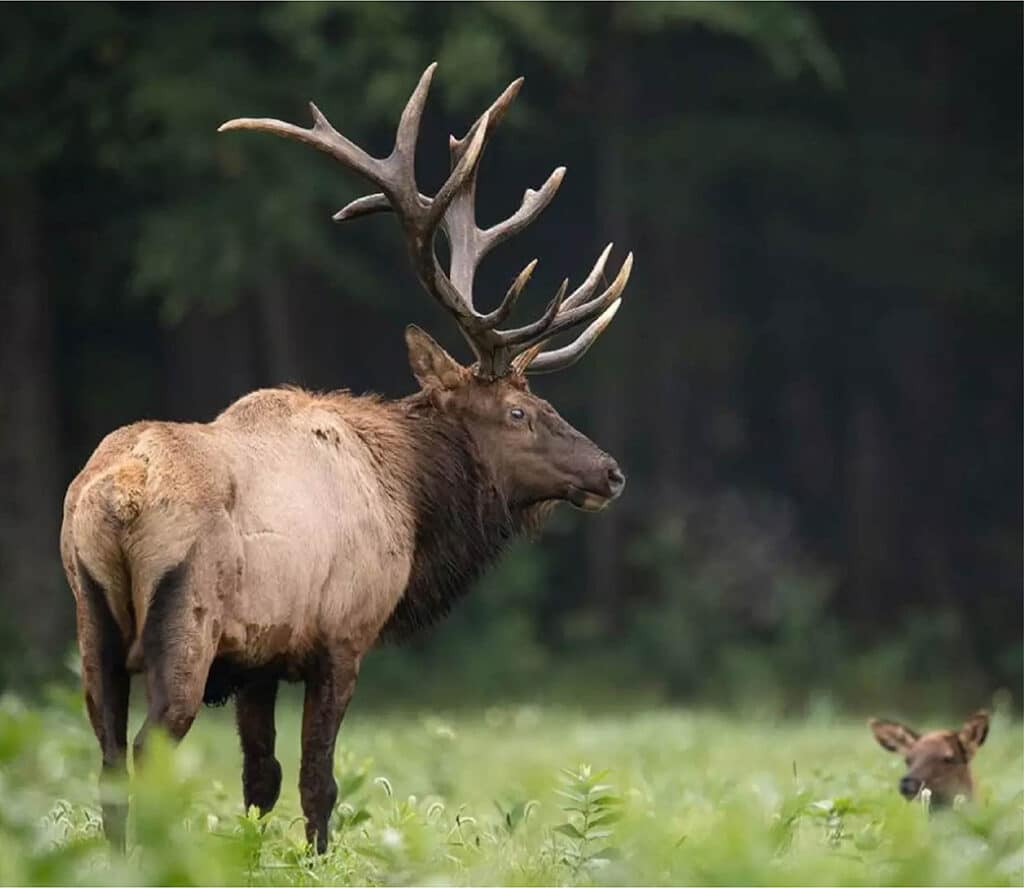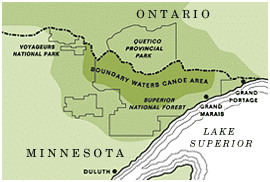
A plan is in place to return elk to some of their native range as early as 2026. The Fond du Lac Band of Lake Superior Chippewa, in partnership with the Minnesota DNR, plans to move 100-150 elk from northwestern Minnesota to the Tribe’s reservation and surrounding areas in Carlton and southern St. Louis counties.
Elk return to native lands
Once numbering in the thousands, elk roamed most of the state before hunting, and European settlement led to their near extinction by the 1900s. The last confirmed sighting of elk native to Minnesota occurred in 1932. Eventually, conservation efforts repopulated part of the area by bringing a small herd from Wyoming.
Today, only a few pockets remain in the state’s northwestern region. The DNR reports approximately 200 elk roam primarily in agricultural areas, with a smaller number migrating between borders. The animals prefer a mix of hardwood forest and prairie. The Ojibwe call them omashkooz or “prairie deer”, while the Dakota refer to them as heȟáka. For years, elk have played an important role in the culture and diet of these communities.
Efforts to reintroduce the animals look promising. “The Fond du Lac Band has been working patiently for the last 10 years to bring omashkooz (elk) home,” said Mike Schrage, FDL wildlife program manager. “This process has been about restoring a native species, providing future elk hunting and viewing opportunities, and re-establishing a species adaptable to a wide range of future climate scenarios.”
Tribal leaders, partnering with the DNR and other organizations, developed the Elk Restoration Project. This project focuses on returning the animals to some of their historic range, including the 1854 Ceded Territory. Starting in 2026, they plan to reintroduce elk to suitable habitats to establish a self-sustaining herd near Cloquet, Minnesota. Some of the benefits include increasing the herd in an area with fewer agricultural conflicts. This will also help reconnect the animals to the natural environment and the traditional ways of life of native peoples. Planning has been underway for years, fueling excitement and anticipation for implementation.

One of the largest deer species
Observers can identify the difference between elk and deer by looking for a few key differences. Elk, one of the largest members of the deer family, weighs up to 900 pounds and stands 5 feet tall at the shoulder. As a result, they’re much larger than deer. They also have a reddish-brown coat in the summer, which gets darker in the winter. Unlike deer, they do not have a white underside.
Breeding season, known as the rut, begins in late September. Afterward, herds gather and stay together through the winter until June, when the calving season starts. Their diet consists of grasses, shrubs, and leaves. However, they will also consume bark or moss if food is scarce. The animals can live up to 12 years, but many don’t reach that age due to predators like wolves, bears, and humans.
Plan moves forward
Reestablishment will take place over 3-5 years, with each elk undergoing health screenings before release. A staggered move will help herds adapt and remain viable. After their release, the animals will be tracked to monitor restoration success and reproduction rates. The DNR is working to move the plan forward while seeking the long-term sustainability of existing herds in the northwestern part of the state.
“There is exciting and important work underway to reestablish elk in northeast Minnesota,” said Sarah Strommen, Minnesota DNR commissioner. “We’re looking forward to working with Tribal partners to enhance the important ecological and cultural benefits that elk provide in Minnesota.”
The Minnesota Legislature provided 2.3 million in funding for the project in 2023. The public is invited to attend a webinar on February 10 or an in-person meeting on February 13. A draft of the Northeast Omashkooz (elk) Restoration and Management Plan will be available for public comment in fall 2025 before it is finalized. The initiative includes Tribal, state, county, and federal agencies, as well as non-governmental organizations. Anyone with a comment or question is encouraged to fill out the DNR questionnaire.
More info:
- Northeast Minnesota elk restoration planning underway – Minnesota DNR
- A proposal to return elk to northeast Minnesota – Fond du Lac Band of Lake Superior Chippewa
- Elk management – Minnesota DNR

